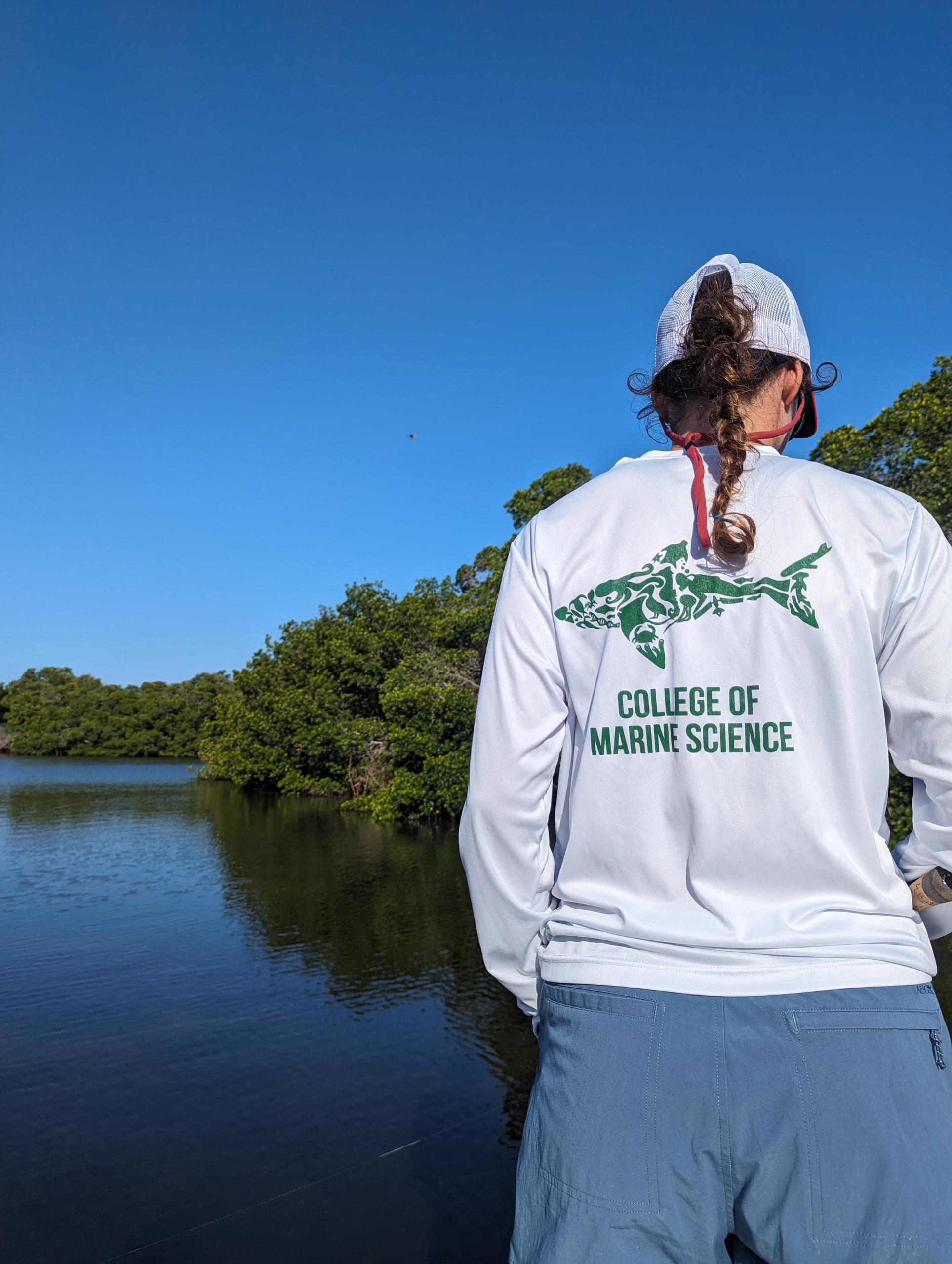What is the Tampa Bay Surveillance Project?
The College of Marine Science at the University of South Florida was awarded a project titled ‘Surveillance of Pollution from Emerging Chemical Threats in Tampa Bay’ through NOAA’s National Centers for Coastal Ocean Science (NCCOS). We call this the Tampa Bay Surveillance Project, or TBS for short.
TBS is a five-year study (9/1/2023 to 8/31/2028), and includes a comprehensive spatial sampling program collecting water, sediment, fishes and invertebrates of Tampa Bay to characterize the distribution of contaminants of emerging and known concern. Further, the study includes a robust survey program of human populations that interact with the Bay, particularly those that participate in subsistence fishing, to ascertain any toxicological risks from these interactions.
Why Study Contaminants in Tampa Bay?
Tampa Bay is the largest estuarine system on the west coast of Florida, encompassing over 103,600 hectares, or 400 square miles. In 2023, the population in communities surrounding Tampa Bay numbered approximately 3 million – primarily in the cities of Tampa and St. Petersburg.
A number of recent studies have focused on aspects of CEC pollution in Tampa Bay, especially focusing on PFASs (Pulster et al., 2022; Lemos et al., 2022) microplastics (McEachran et al., 2019), pharmaceuticals (Rehage et al., 2023) and pesticides (Yang et al., 2015). A comprehensive analysis of PAHs in Gulf of Mexico fishes (Pulster et al., 2020) indicated a hot spot of contamination in Gulf waters adjacent to Tampa Bay, perhaps indicating pollution associated with vessel traffic into and out of the Bay.
All of these studies have encountered detectable and potentially problematic levels of these CEC/CKCs in Tampa Bay waters, sediments and, in some cases, fishes. Thus, undertaking a comprehensive and integrated study of the dynamics, fates, impacts and risks associated with these and other co-occurring CECs and CKCs in Tampa Bay is likely to be successful and will add considerable new knowledge available to environmental managers and serve as a model for such studies to be conducted elsewhere.
Water
Sediment
Fish & Invertebrates







